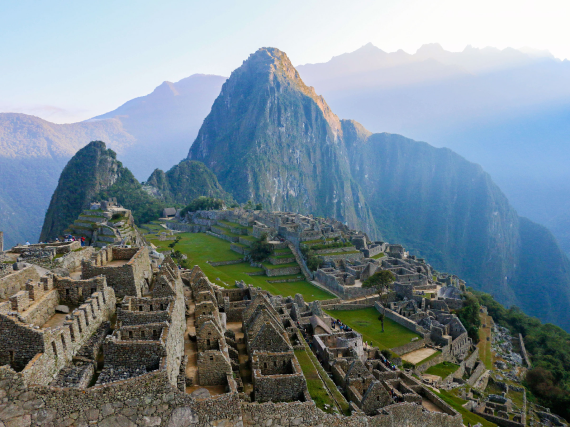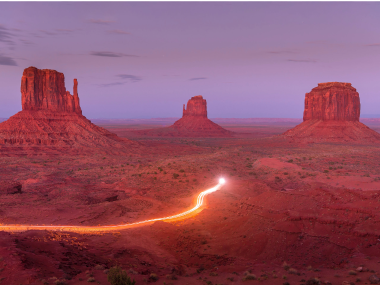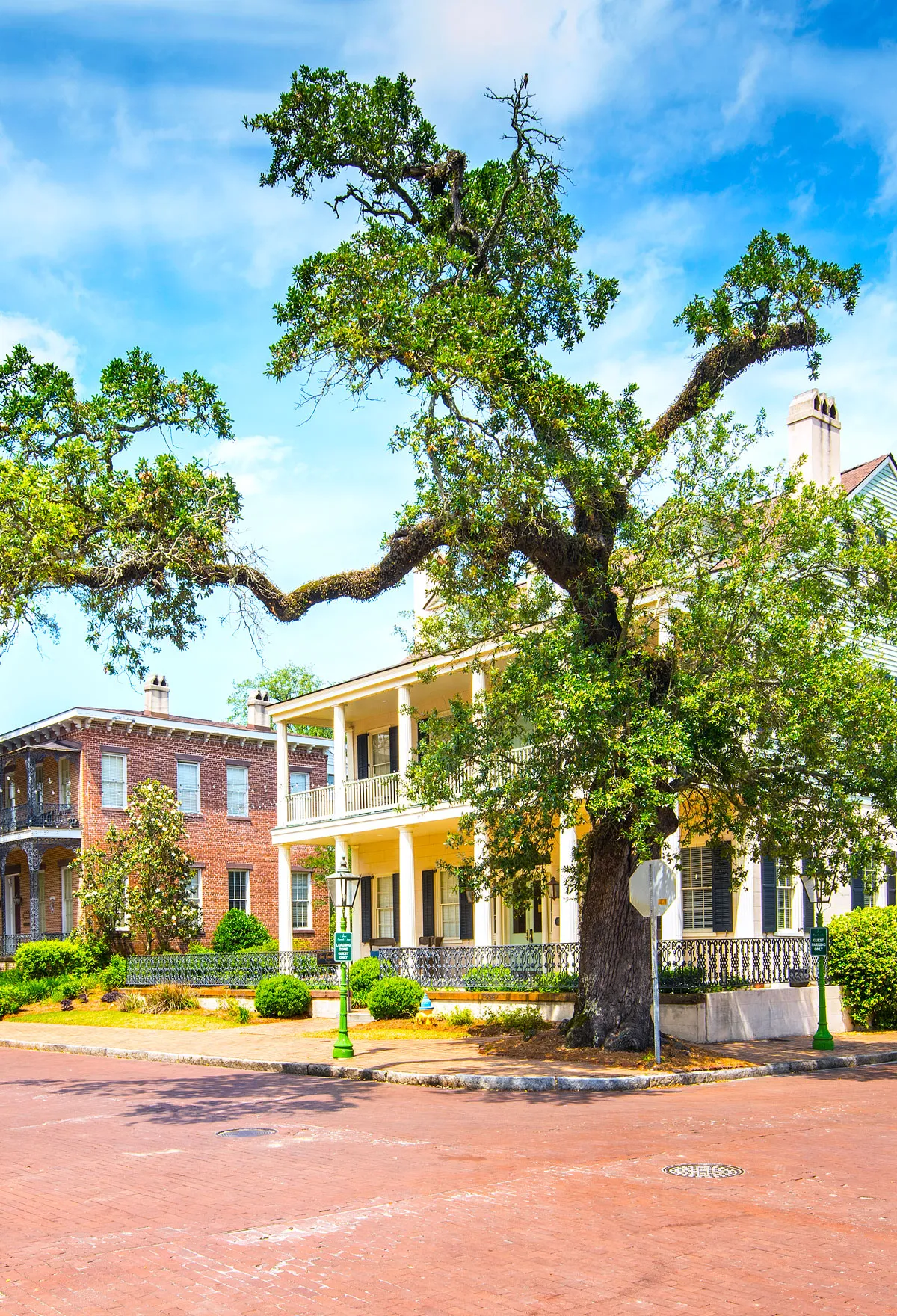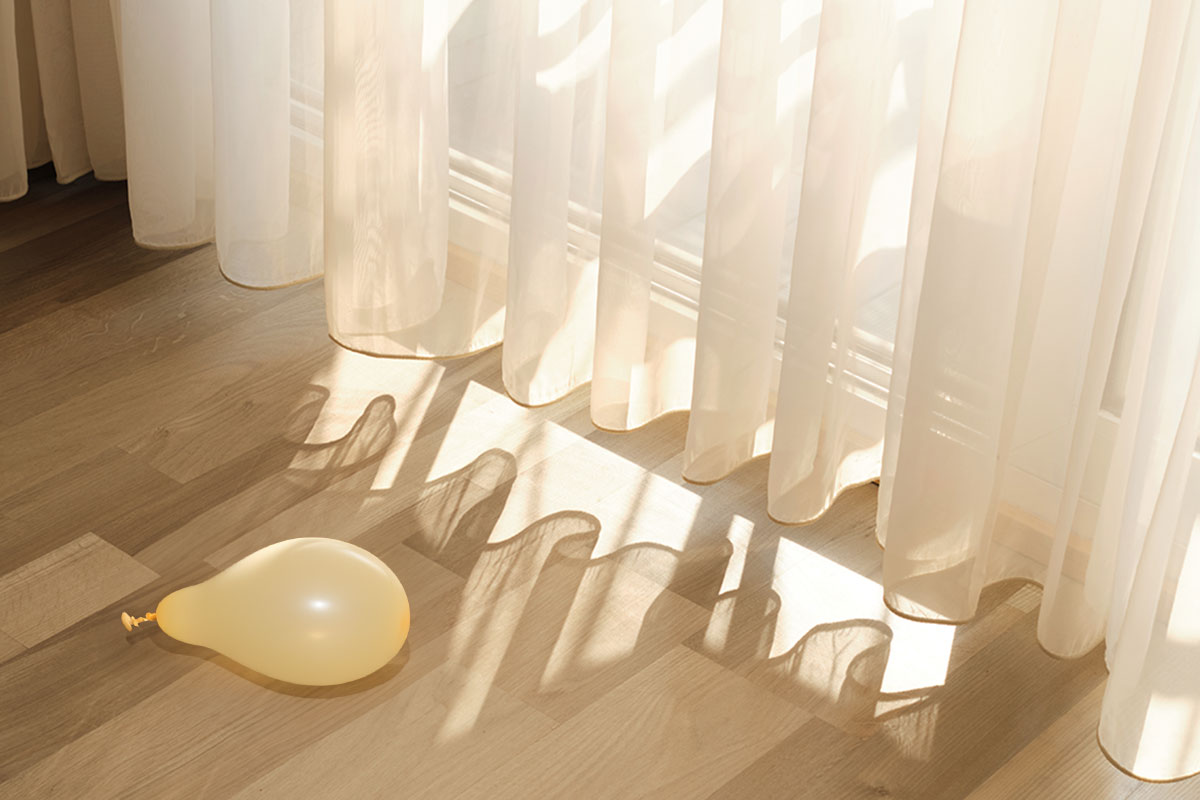When ranking the most humid states, some may look at a statistic called relative humidity, which measures the amount of water vapor in the air relative to how much it can hold. But according to many climatologists, a better indicator of that sticky, muggy feeling we all associate with humidity is a metric known as dew point. This measures the actual amount of moisture in the air — specifically, the dew point is the temperature the air needs to be cooled to produce a relative humidity of 100%. Higher dew points mean greater amounts of moisture in the air, which can leave you feeling sweaty and uncomfortable during your travels. Here’s a look at the 10 most humid U.S. states by average annual dew point, based on dew point data compiled by climatologist Brian Brettschneider for Forbes.
10. North Carolina
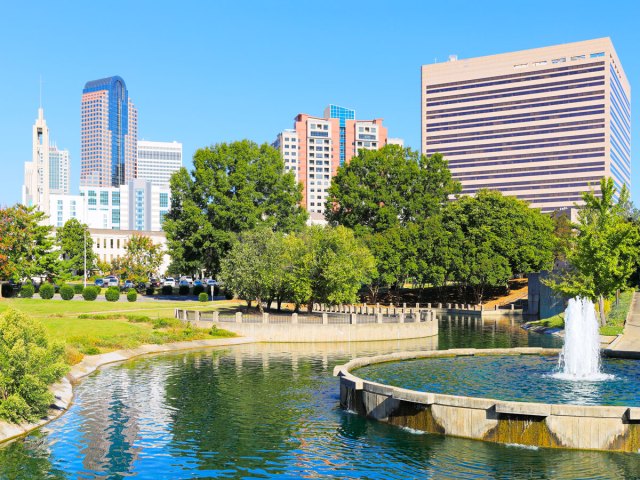
Average annual dew point: 50.4 degrees Fahrenheit
North Carolina’s average dew point peaks in July, when it tops out around 69 degrees at Raleigh-Durham International Airport. Combine that with a relative humidity of around 70%, and you have uncomfortable, sticky summer weather throughout the Tar Heel State.
All the moisture in the air also makes North Carolina prone to thunderstorms, which are caused when warm moist air from the lower regions collides with cooler air at higher altitudes. But thunderstorms aren’t the only risk — according to the North Carolina Climate Science Report, humidity and heat levels are expected to rise in the coming years, putting North Carolinians (and visitors) at an increased risk of discomfort and dehydration.
9. Arkansas
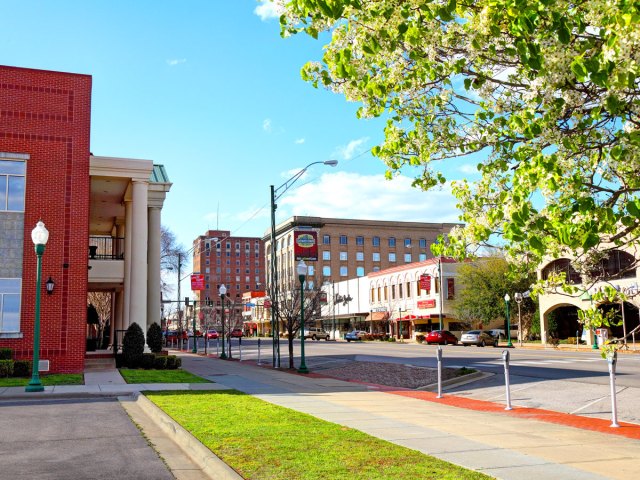
Average annual dew point: 50.7 degrees
Arkansas also experiences its most humid days in the middle of summer. The state’s average dew point hovers around 71 degrees in July and 70 degrees in August, according to measurements from a weather station located 3 miles outside the capital city of Little Rock. Those months are also prone to regular highs that exceed 90 degrees, which makes it quite unpleasant to be outdoors, even in the shade. Arkansas has a humid subtropical climate, which is heavily influenced by warm winds traveling up from the Gulf of Mexico.
8. South Carolina
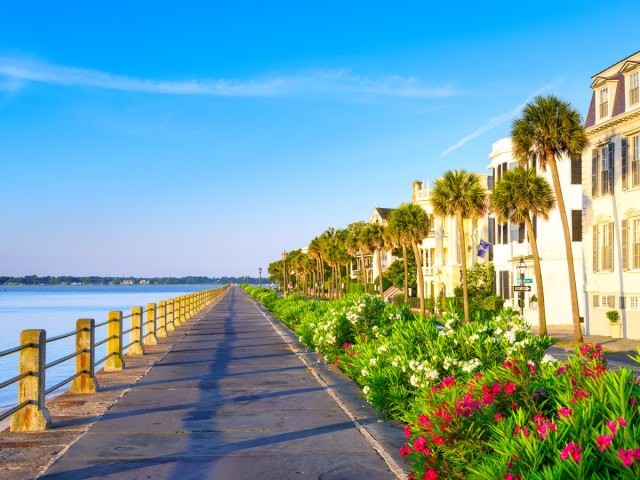
Average annual dew point: 51.6 degrees
Thanks to its location beside the Atlantic Ocean, South Carolina has quite a bit of moisture in the air. In the coastal city of Charleston, the state’s average summertime dew point peaks around 73 degrees. According to a report issued by the South Carolina State Climatology Office, relative humidity levels tend to peak each day around sunrise, before reaching their lowest point within an hour or two of noon, at which time it becomes a little more bearable to be outdoors. That same report attributes high humidity levels to the prevailing southerly winds arriving from the warmer, tropical regions farther south.
7. Georgia
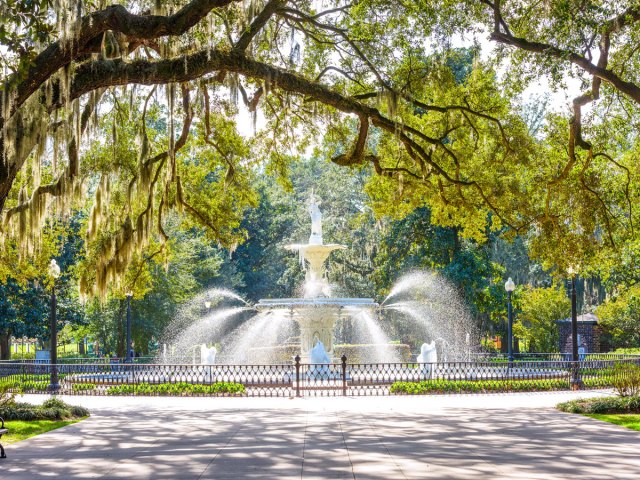
Average annual dew point: 53.4 degrees
The Peach State ranks as the seventh-most-humid state in America, based on average annual dew point. In the coastal city of Savannah, a popular tourist destination, average summertime dew points range between 67.8 and 71.6 degrees. Meanwhile, in Atlanta, Georgia’s capital and largest city, the dew point maxed out at 77 degrees in July and August 2024.
6. Texas
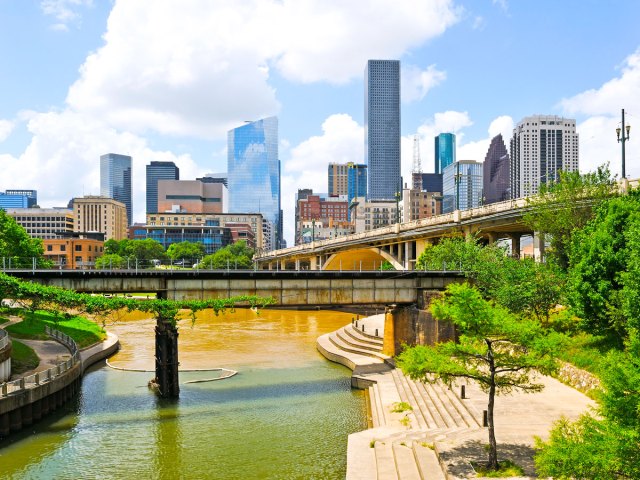
Average annual dew point: 53.6 degrees
Of the top six most humid states, five are located adjacent to the Gulf of Mexico. This includes the Lone Star State, which feels extra muggy during the summer. Just look at these summertime statistics from the Dallas-Fort Worth area, which show a record high dew point of 80 degrees as recently as 2023. The city of Houston can be oppressively hot, too, as the average dew point hovers around 74 degrees in July and August.
5. Alabama
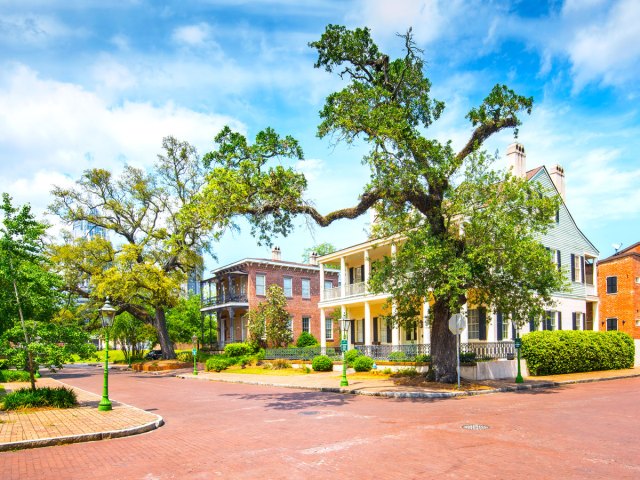
Average annual dew point: 54 degrees
Alabama ranks as the fifth-most humid state in the U.S., continuing the trend of muggy states in the Gulf region. This is due, in part, to humid southerly breezes from the Gulf of Mexico, which clash with colder air masses up north and lead to frequent storms. Some of the higher moisture levels are found in the coastal city of Mobile, which averages over 66 inches of rainfall annually. This makes Mobile one of the wettest metro areas in the nation.
4. Mississippi
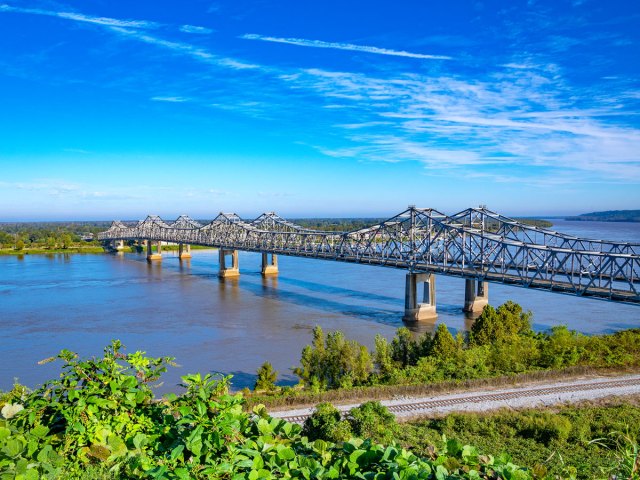
Average annual dew point: 55.6 degrees
Mississippi is prone to even higher average dew points than neighboring Alabama. Measurements from a weather station 3 miles outside the capital city of Jackson show that Mississippi is most humid in July, when the dew point averages around 72 degrees Fahrenheit. And a report from Mississippi State University states that May through September are the most uncomfortable months when it comes to excess humidity, as the prevailing southerly winds bring in plenty of moisture from the Gulf. The plentiful amount of moisture in the air also creates a risk of dangerous thunderstorms.
3. Louisiana
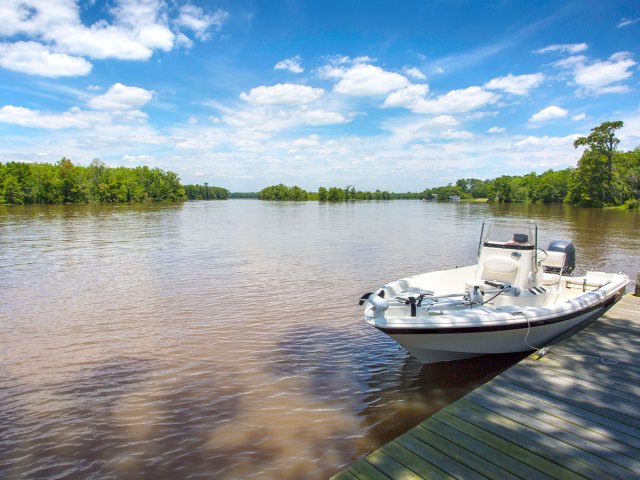
Average annual dew point: 58.3 degrees
Few places feel quite as sticky as the Louisiana Bayou. In fact, Louisiana recorded the highest dew point on U.S. soil on July 30, 1987, when the dew point hit 90 degrees at the New Orleans Naval Air Station. New Orleans often experiences dew point averages around 74 degrees in July and August, but there are other Louisiana cities known for being even more humid. Lake Charles ranks among the most humid cities in the entire country, and feels especially muggy in the summertime.
2. Florida
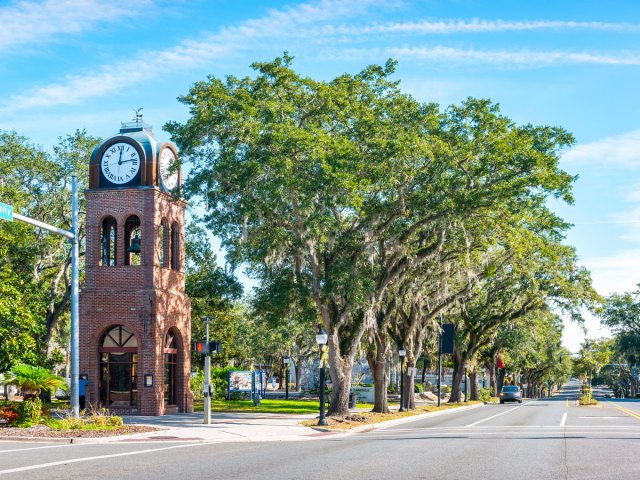
Average annual dew point: 62.7 degrees
Louisiana isn’t alone in the record books — on July 12, 1987, a weather station in Melbourne, Florida, also recorded a dew point of 90 degrees. Furthermore, Florida is one of only two U.S. states with an average annual dew point exceeding 60 degrees. Several Florida cities rank among the muggiest cities in the nation, including Gainesville, Fort Myers, Jacksonville, and Orlando. Part of the reason for such high humidity levels in Florida is the fact that it’s surrounded by the Gulf of Mexico on one side and the Atlantic Ocean on the other. These warm waters evaporate along the shore, producing moisture that’s then carried inland by winds coming off the water.
1. Hawaii
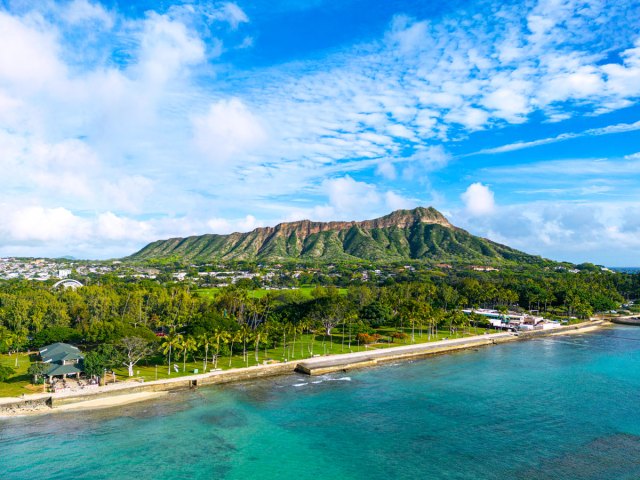
Average annual dew point: 65.2 degrees
Hawaii ranks as the most humid state in the United States based on average dew point. It’s the only state whose average annual dew point exceeds 65 degrees. Unlike other states where the dew point peaks in the summer, the average dew point in Hawaii peaks around 68 degrees in September and October. At Honolulu International Airport, for example, the dew point rarely dips below 62 degrees. Hawaii maintains a consistently high dew point year-round, which leads to that muggy feeling. It’s a good thing, then, that Hawaii has so many beaches where visitors can cool off.
More from our network
Daily Passport is part of Inbox Studio, which publishes content that uplifts, informs, and inspires.

